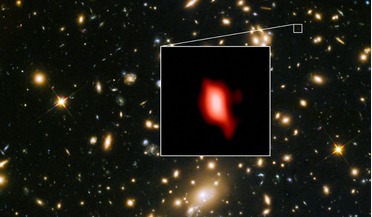 16 May 2018
Astronomers find stars forming just 250 million years after Big Bang
16 May 2018
Astronomers find stars forming just 250 million years after Big Bang
... were around in the Universe at that time; hydrogen and helium. Heavier elements such as carbon, oxygen and nitrogen only appeared after being created by fusion processes deep within the first stars. These atoms then...
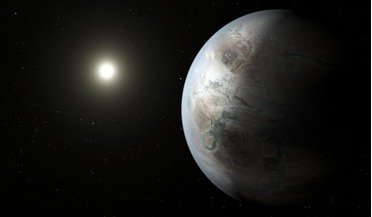 03 August 2018
Plate tectonics not needed for life, but UV light is
03 August 2018
Plate tectonics not needed for life, but UV light is
... of plastics and nitrites and in conflict as a chemical warfare agent. Hydrogen cyanide on Earth was thought to be produced when nitrogen in the atmosphere interacted with carbon that slammed into the young Earth in the form of meteorites. Powered...
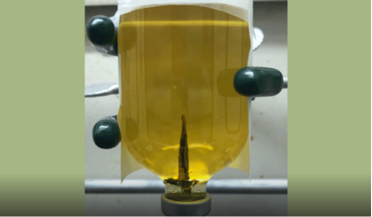 04 March 2019
Does life grow like this elsewhere in the cosmos?
04 March 2019
Does life grow like this elsewhere in the cosmos?
... fundamental ingredients of life as we know it are amino acids; a simple organic compound containing carbon, hydrogen, oxygen, and nitrogen, that build on one another to form proteins. To start the building process though, amino acids also need...
 17 May 2019
First science results released on Ultima Thule
17 May 2019
First science results released on Ultima Thule
... which are then lost to space, allowing for longer-chain chemical reactions to take place involving carbon or nitrogen. Tentative fingerprints of methane, along with water ice have potentially been observed on Ultima by LEISA, say Stern...
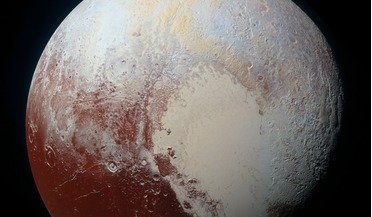 20 May 2019
A thin layer of ice-trapped gas stops Pluto's oceans from freezing
20 May 2019
A thin layer of ice-trapped gas stops Pluto's oceans from freezing
... say Kamata and colleagues. What’s more the gas in the hydrates is most likely methane, and not nitrogen, which is what Sputnik Planitia is thought to be composed of. These molecules once released, then escape to help fill up Pluto...
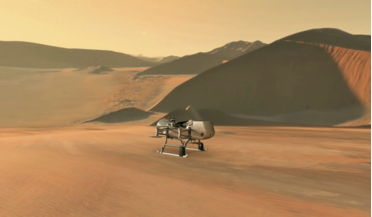 28 June 2019
NASA drone to search for signs of early life on Titan
28 June 2019
NASA drone to search for signs of early life on Titan
... certain, but perhaps somewhere you wouldn’t want to go for a swim. Also like Earth, Titan is encased by a thick nitrogen atmosphere, but unlike our temperate planet, given the enormous distance separating it from the Sun – some...